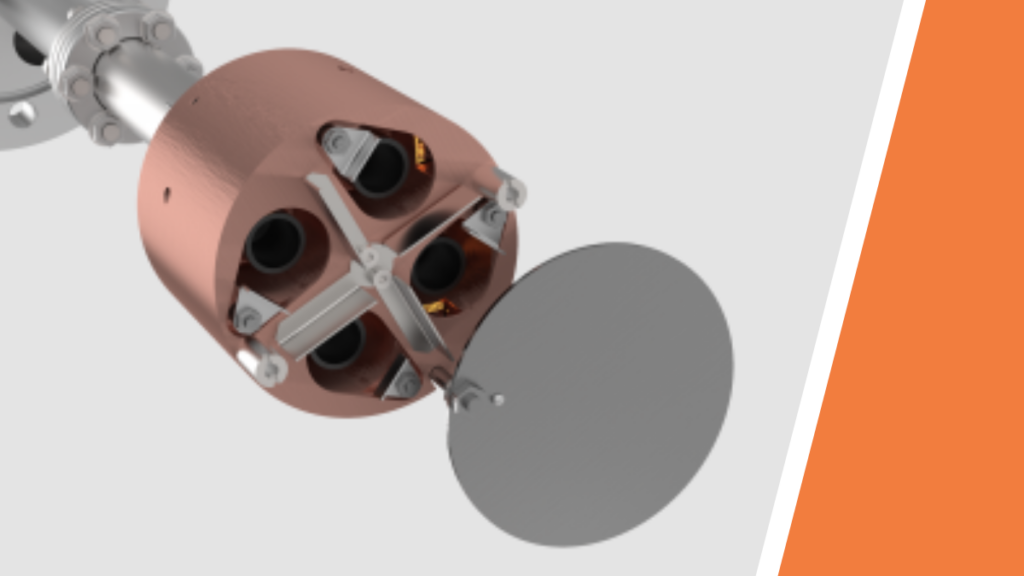The benefits of electron beam evaporation for thin films
The capabilities of thin films are what help them to be utilized in a variety of applications, including optics, energy, and electronics. All these applications are possible thanks to the thin film’s influence over the characteristics of a surface. Thin films are only thin material layers, with thicknesses between several nanometres – micrometres, but when […]
The benefits of electron beam evaporation for thin films Read More »










